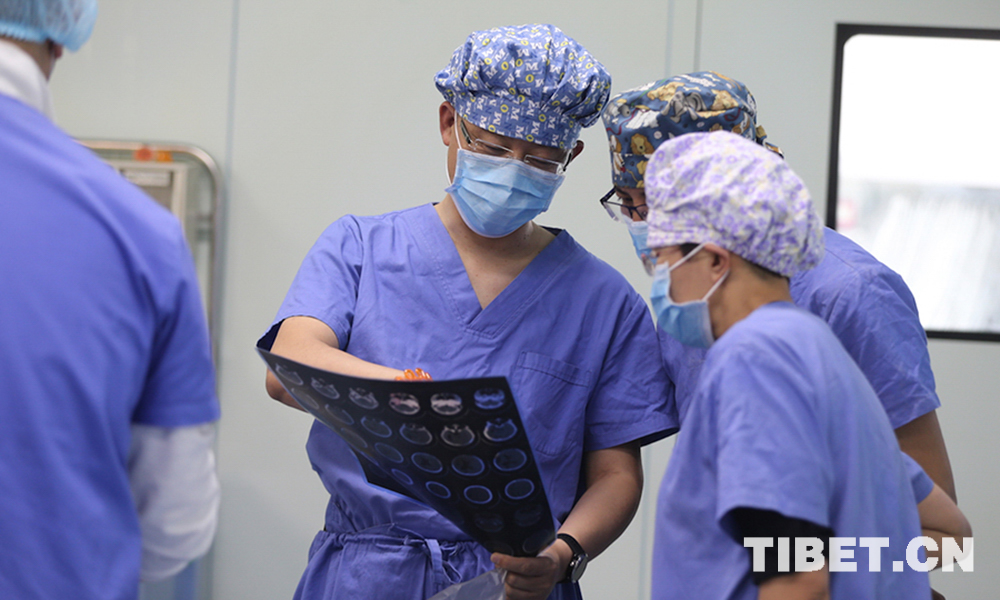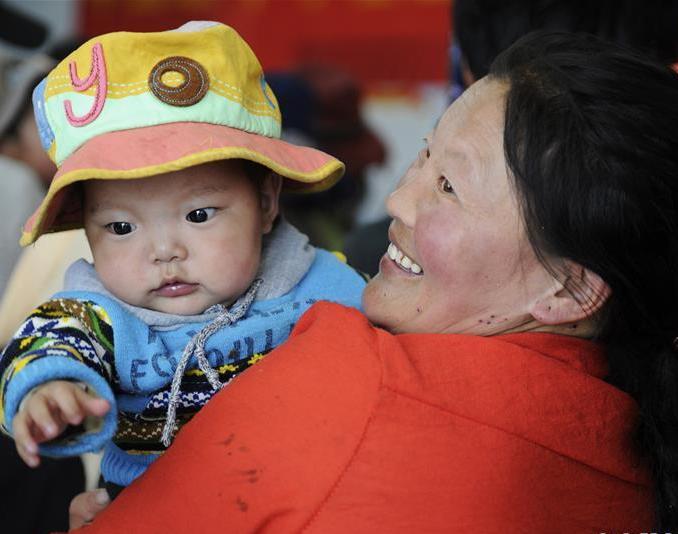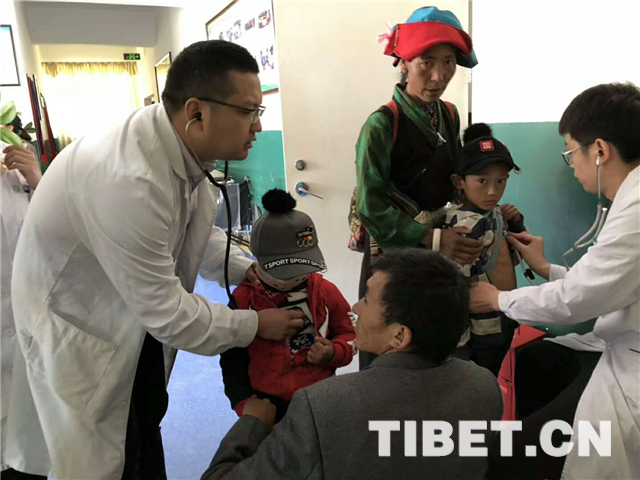Major disease prevention, control system in place in Tibet
A major disease prevention and control system has been established in southwest China's Tibet Autonomous Region, according to a report released by the National Health Commission at a press conference earlier this week.
A total of 1,210 health personnel are working for 82 disease prevention and control centers in the region. Laboratories for AIDS, poliomyelitis, flu and measles have been set up and an infectious disease monitoring system has been formed, the report reads.
Tibet's health commission has been improving infectious disease prevention and control work mechanisms. The commission now releases information about epidemic outbreaks and the control work on its website. Health departments share information of epidemics with departments of husbandry, education, commerce, food and drug, transportation and customs.
So far, health authorities have screened 1.96 million people in Tibet for tuberculosis, hepatitis and rheumatism, surpassing the target of 1.51 million people, the report shows.
The government in Tibet has formulated an action plan on combating local diseases from 2019 to 2020, specifying responsibilities of departments of various levels in a bid to control and eradicate major diseases in the region.
Since 2016, central and local financial authorities have invested nearly 400 million yuan (about 58 million U.S. dollars) in fighting epidemics, according to the report.
Tibet Stories

My parents were soldiers of the 18th Army
In 1950, the 18th Army of the Second Field Army of PLA was ordered to set off on the journey...
Editor’s Choice
- Tibet shows it cares for a cleaner Mt Qomolangma
- The United States' new tactics of interfering in the internal affairs of China
- Prominent Belgian sinologist says nobody can deny rapid economic development of Tibet
- Tibet's cultural industry sees sound development
- 11th Panchen Lama: abolition of serfdom engraved in the minds of the people







